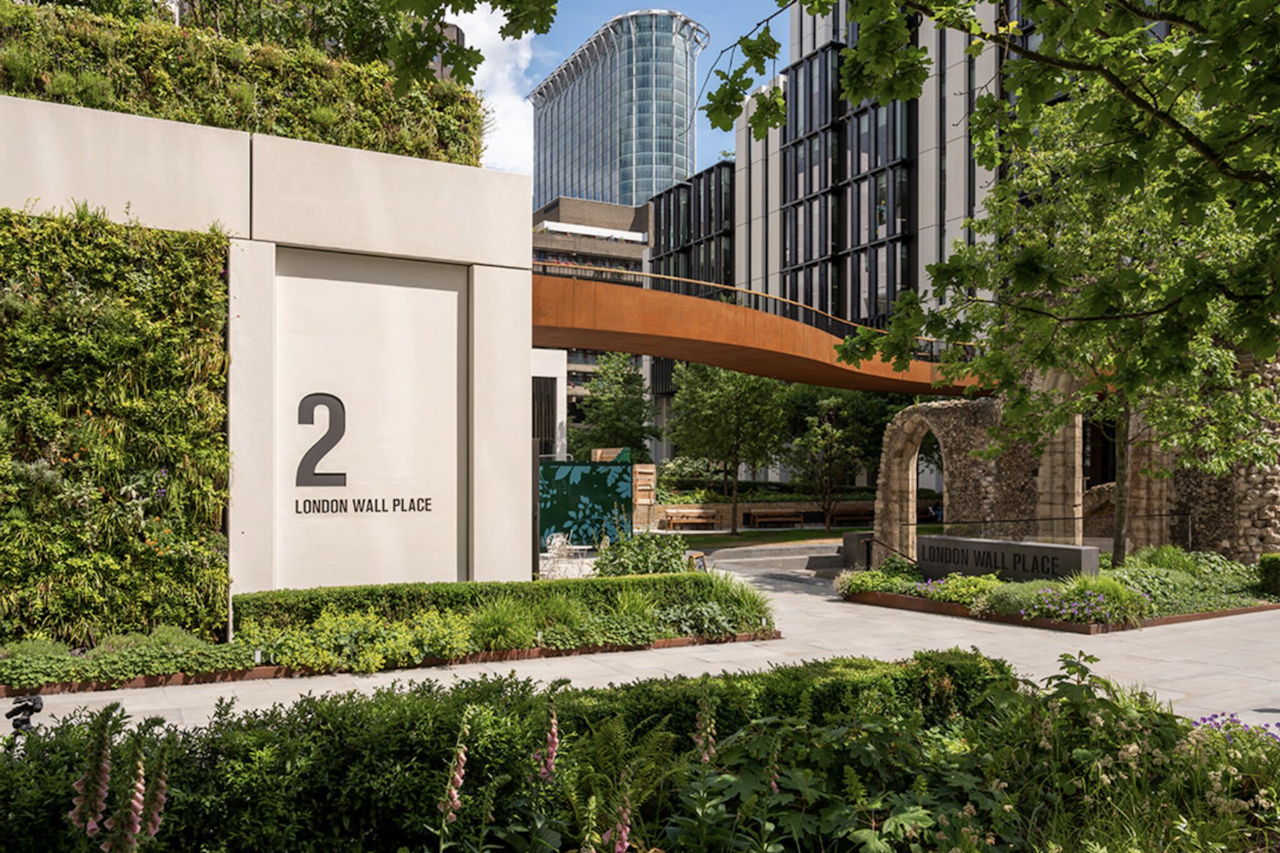What's it about?
Four different perspectives on biodiversity net gain and environmental legislation, sharing experiences, things to look out for and how to meet the potential challenges for specifiers, ecologists and consultants when working with BNG.
We’ll also cover why net gain is important and how it will shape the future of architecture and development, and an introduction to two new helpful resources to aid the process of building with BNG. A really useful session for building and landscape architects, consultants, ecologists and specifiers.
Length: 45 minutes - 1 hour
Joined by:
Ash Welch, Green Infrastructure and Biodiversity Specialist at AECOM, consulted projects on efficiently and successfully meeting net gain targets.
Bob Edmonds, Ecology Discipline Manager at UK Hab, with over twenty years’ experience as a professional ecological consultant.
Simon Hargreaves, Landscape Architect at AECOM, who has worked extensively with BNG on different projects.
